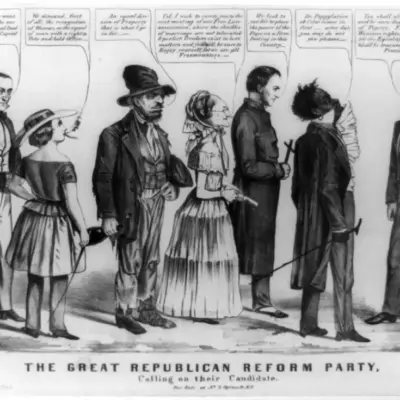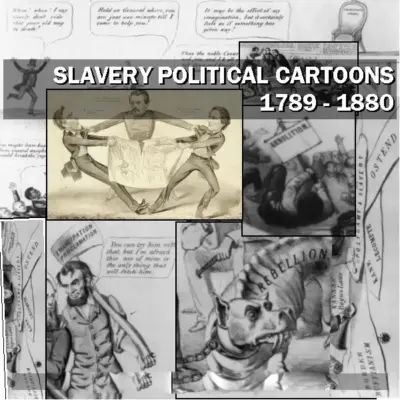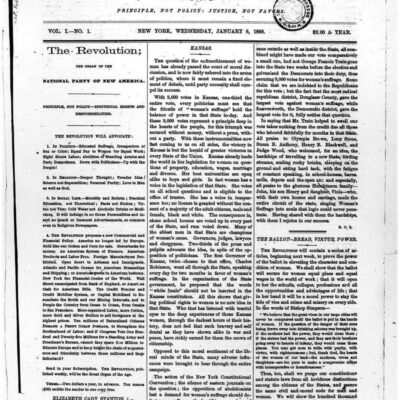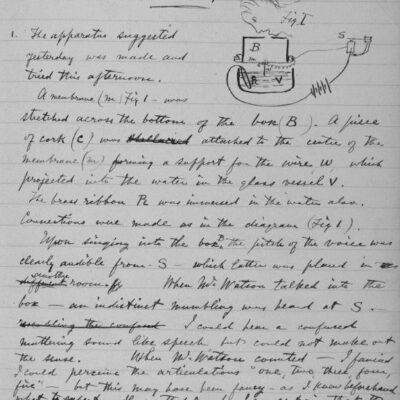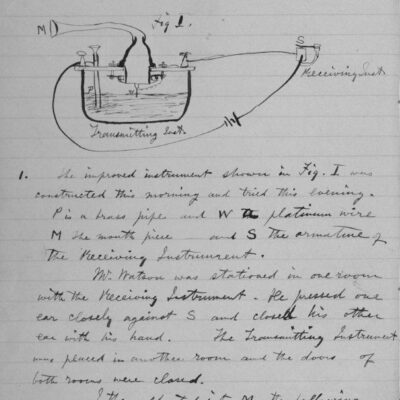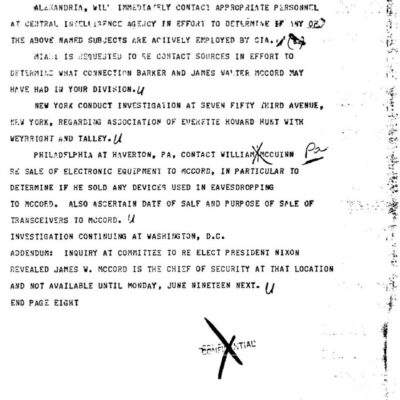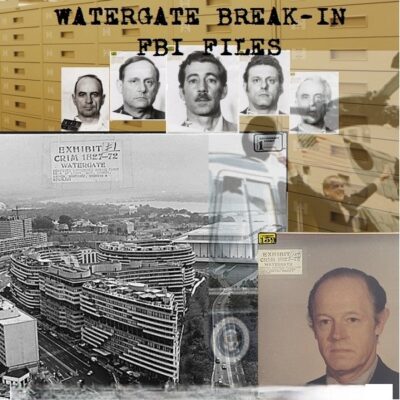“Civil War: Frank Leslie’s Weekly Illustrated Newspaper (1860-1865)” has been added to your cart. View cart
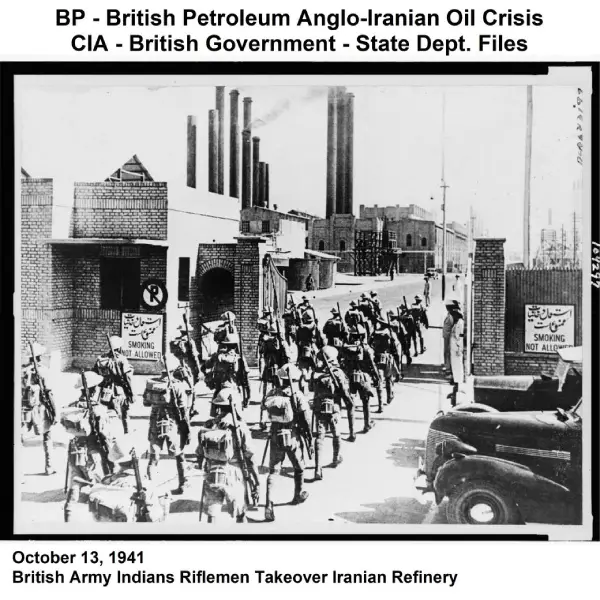
British Petroleum and the Anglo – Iranian Oil Crisis Documents
$19.50
British Petroleum and the Anglo-Iranian Oil Crisis Documents
Category: Historical Files
Description
The 1953 Iran Coup: A Timeline and Cast
Early 20th Century – Formation and Early Years of APOC/AIOC
- May 1901: British businessman William Knox D’Arcy enters an agreement with the Shah of Iran, receiving an exclusive 60-year concession for oil exploration in most of Persia. The Persian Government receives £20,000 cash, £20,000 in shares, and 16% of future company profits.
- May 26, 1908: After nearly seven years and significant financial investment from D’Arcy, commercial oil is discovered in Persia.
- 1908: The Anglo-Persian Oil Company (APOC) is created, primarily based on D’Arcy’s oil rights.
- 1914: APOC has large oil reserves, but lacks market share and revenue, nearing bankruptcy. Winston Churchill, First Lord of the Admiralty, advocates for the British Navy to switch from coal to oil and secures parliamentary approval for the British government to purchase a majority stake (56%) in APOC for £2,200,000 to secure an oil supply.
- 1917: APOC acquires the German motor oil company, British Petroleum.
- 1933: A renegotiated oil concession between APOC and the Persian government is later deemed unsatisfactory by the Persian government.
- 1935: Persia changes its name to Iran, and APOC is renamed the Anglo-Iranian Oil Company (AIOC).
1940s – Post-War Tensions and Mounting Dissatisfaction
- 1940s-1950s: The British-Iranian (AIOC/BP) oil dispute intensifies, drawing increasing U.S. involvement.
- 1946-1954: British Prime Minister’s Cabinet Papers show extensive coverage of the Anglo-Iranian oil crisis.
- 1947-1954: CIA files begin to cover the situation in Iran, including National Intelligence Estimates and reports.
1950s – The Oil Crisis, Nationalization, and Coup
- June 1950: Dr. Mohammed Mossadegh and Ayatollah Kashani form a nationalist, anti-imperialist alliance to take control of the government and British oil concessions in Iran.
- March 1951: The Iranian government, led by nationalist Prime Minister Mohammed Mossadegh, nationalizes the British-owned Anglo-Iranian Oil Company. AIOC’s operations in Iran are transformed into the National Iranian Oil Company. At this time, AIOC supplies 90% of Europe’s petroleum.
- October 1951: British elections bring the Conservative Party back to power, with Winston Churchill returning as Prime Minister. Churchill is resolute against further dissolution of the British Empire after the loss of India.
- January 7, 1952: Time Magazine names Mohammed Mossadegh “Man of the Year for 1951.”
- 1952: A National Security Council (NSC) report outlines U.S. policy regarding the situation in Iran.
- July 1952: Iran experiences a significant political crisis.
- 1952-1953: BP’s official history notably omits these years.
- Early 1953: Following President Eisenhower’s inauguration, the British government expresses concerns to the U.S. that Iran could fall under communist control, linking Mossadegh to the Tudeh Party.
- March-August 1953: Planning and implementation of Operation TPAJAX (the coup against Mossadegh) are underway, coordinated by the CIA.
- August 1953: The United States and Britain initiate planning for a coup to remove Mossadegh. The CIA operation, codenamed TPAJAX, is coordinated by Kermit Roosevelt. The plan involves propaganda, provocations, demonstrations, bribery, agents of influence, “false flag” operatives, dissident military leaders, and paid protestors to create chaos.
- August 16, 1953: The Shah attempts to have Mossadegh arrested by Iranian Imperial Guard Colonel Nematollah Nassiri. Instead, Nassiri is arrested by forces loyal to Mossadegh.
- August 17, 1953: The Shah flees Iran and takes refuge in Rome.
- August 19, 1953: The CIA orchestrates a mob to march on Mossadegh’s home. Pro-Shah Iranian army forces arrest Mossadegh. Fazlollah Zahedi, the senior army general chosen by the CIA to lead the coup, declares himself the lawful prime minister by the Shah’s order. The Shah subsequently returns to Iran.
- October 29, 1953: Hossein Fatemi, Mossadegh’s Foreign Affairs Minister, is executed by order of the Shah’s military court. Dozens of military officers and student leaders are also executed.
- September 1953–December 1954: The aftermath of Operation TPAJAX unfolds, with Mossadegh tried for treason.
- Post-coup: Mossadegh is convicted of treason and sentenced to three years of solitary confinement, followed by life confinement to his home village. The Shah governs with increased authoritarianism. Mossadegh’s National Iranian Oil Company becomes an international consortium, and AIOC resumes operations as a member.
- 1954: AIOC renames itself the British Petroleum Company.
- 1954: “The Battle for Iran,” a CIA report on the agency’s role in the coup, is produced.
Late 20th and Early 21st Century – Privatization and Corporate Expansion
- 1962: The bulk of correspondence and traffic dealing with Operation TPAJAX in the Near East Division files are destroyed.
- 1967: Mohammed Mossadegh dies while confined to his home village.
- 1979-1987: Under Prime Minister Margaret Thatcher, the British government sells all its shares in British Petroleum in several stages, privatizing the company.
- 1998: British Petroleum merges with Amoco, becoming BP Amoco plc. A top-secret draft history of the CIA’s role in the 1953 coup, “Zendebad, Shah!,” is written by CIA staff but mostly withheld.
- 2000: BP Amoco acquires Arco and Burmah Castrol plc.
- 2001: The company formally renames itself BP plc.
- 2004: A review of Stephen Kinzer’s “All the Shah’s Men” is published in the CIA’s internal journal, “Studies in Intelligence,” written by David S. Robarge.
- 2019: A less redacted copy of “Zendebad, Shah!” and a copy of “The Battle for Iran” (1954) are released.
Cast of Characters
- William Knox D’Arcy: British businessman who, in May 1901, secured the initial 60-year concession from the Shah of Iran for oil exploration in most of Persia. He invested his entire fortune in the venture, leading to the discovery of oil in 1908 and the subsequent formation of the Anglo-Persian Oil Company.
- George Bernard Reynolds: Chief geologist for D’Arcy’s oil exploration venture. He delayed orders to shut down operations due to a strong “rotten egg” smell, leading directly to the discovery of oil in 1908.
- Winston Churchill:First Lord of the Admiralty (1914): Advocated for the British Navy to switch from coal to oil and was instrumental in the British government acquiring a majority stake in the Anglo-Persian Oil Company (APOC) in 1914 to secure an oil supply.
- Prime Minister of the United Kingdom (1951-onward): Returned to power after the 1951 British elections. Infuriated by the nationalization of AIOC, he was committed to preventing further decline of the British Empire and supported efforts to remove Mossadegh.
- Mohammed Mossadegh (also Mosaddegh, Mosaddeq, Mossadeq, or Musaddiq): Nationalist Prime Minister of Iran, elected by the Iranian parliament. In March 1951, he nationalized the Anglo-Iranian Oil Company, transforming its operations into the National Iranian Oil Company. Named Time Magazine’s Man of the Year for 1951. He was the target of the British-American coup (Operation TPAJAX) in August 1953, was arrested, tried for treason, and confined until his death in 1967.
- Dean Acheson: U.S. Secretary of State during Mossadegh’s nationalization of AIOC. He later wrote in his book, “Present at the Creation: My Years in the State Department,” about the British government’s mishandling of the situation.
- Harry Truman: U.S. President who, prior to Eisenhower, was reportedly against military intervention or supporting a coup in Iran, stating the CIA had never overthrown a government and he did not want to establish such a precedent.
- Dwight D. Eisenhower: U.S. President who took office in 1953. His administration, convinced by British concerns about communist influence in Iran, authorized the planning and implementation of Operation TPAJAX to remove Mossadegh.
- Kermit Roosevelt: CIA’s Special Activities Division political action officer in Iran, and grandson of President Theodore Roosevelt. He coordinated Operation TPAJAX, the covert action that led to the overthrow of Mossadegh.
- Nematollah Nassiri: Iranian Imperial Guard Colonel. On August 16, 1953, he was sent by the Shah to arrest Mossadegh but was instead arrested by forces loyal to Mossadegh.
- The Shah (Mohammad Reza Pahlavi): The monarch of Iran. He attempted to have Mossadegh arrested on August 16, 1953, and fled the country to Rome after the attempt failed. He returned to Iran after the successful CIA-backed coup on August 19, 1953, and subsequently governed in an increasingly authoritarian manner.
- Fazlollah Zahedi: Senior Iranian army general chosen by the CIA to lead the coup against Mossadegh. After Mossadegh’s arrest on August 19, 1953, he broadcast to the nation, declaring himself the lawful prime minister by order of the Shah.
- Hossein Fatemi: Mossadegh’s closest associate and Minister of Foreign Affairs. He was executed on October 29, 1953, by order of the Shah’s military court after the coup.
- Ayatollah Kashani: A key Iranian religious leader who, initially united with Mossadegh in a nationalist, anti-imperialist alliance in the early 1950s, later turned against him and assisted U.S., British, and the Shah’s covert operators in ousting Prime Minister Mossadegh in 1953.
- John Dulles: U.S. Secretary of State (mentioned in a memo about inspiring editorials in U.S. media for the benefit of the American public or to emphasize specific points regarding Iran).
- Margaret Thatcher: British Prime Minister (1979-1987) who endorsed the privatization of many British government-owned assets, including selling all remaining government shares in British Petroleum.
- Nick Cullather: CIA staff historian who worked at the Agency in 1992 and 1993, noting that files dealing with on-the-ground covert action of Operation TPAJAX were destroyed or lost.
- Dr. Donald N. Hilber: Author of a draft history titled “The Battle for Iran,” produced in 1954.
- David S. Robarge: CIA staff historian who wrote a 2004 book review of Stephen Kinzer’s “All the Shah’s Men” for the CIA’s internal journal “Studies in Intelligence.”
- Stephen Kinzer: Author of the book “All the Shah’s Men: An American Coup and the Roots of Middle East Terror Intelligence in Recent Public Literature.”
